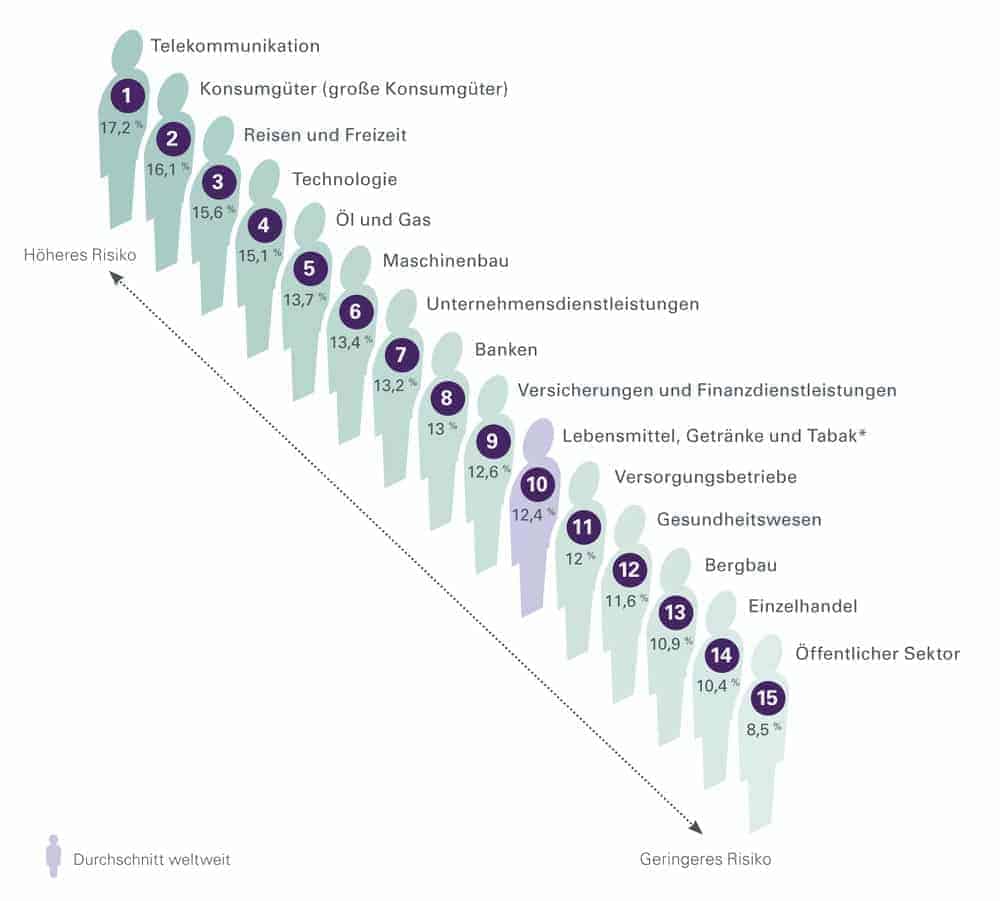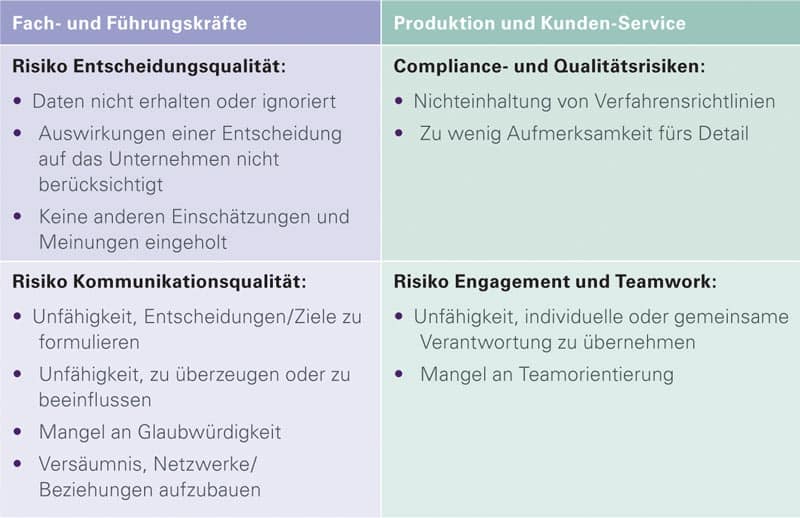SHL study shows riskiest positions and industries worldwide


The study is based on data from 1.3 million employees surveyed at all levels up to senior management in 200 countries. One finding: on average, one in eight employees poses a major risk to their company.
"The constant delays in the completion of the new Berlin airport are a good example of how what people do, or don't do, carries business risks. This can result in high costs, the impact on share prices, or even more profound consequences."
says Eugene Burke, chief science and analytics officer at SHL.
"Many companies only pay attention to policies and processes. They completely ignore behavioral risks and their evaluation. Risks can never be completely avoided.
However, they can be better controlled through appropriate risk management. That's why companies need to be aware of their own risk appetite and the risk behavior of their employees. This is the only way to manage this area efficiently."
The high risk propensity in companies is reflected in poorly thought-out decisions and poor communication among specialists and managers, which force risks. Interestingly, behavioral risk factors also decrease with higher position.

Here, only one in 15 managers poses a high risk. Further down the corporate hierarchy, team leaders and individuals are the riskiest employees. They pose twice as much risk as the management level.
"We see a major challenge particularly with middle management: employees at this level play a central role, as they are the interface between strategy and operational implementation.
On the one hand, they have to make sure that employees act reliably and comply with guidelines. On the other hand, they must communicate management decisions in such a way that their team nevertheless feels motivated and affirmed in their actions."
Burke says.
"Companies therefore need to ask themselves if they are employing the right talent at the middle management level to adequately manage risk and communicate the board's vision to their team."
The SHL study also shows that one in eight employees with customer contact poses a risk to their company through negative behavior in the workplace: This includes a lack of attention to detail, which can lead to increased error and accident rates. Other examples include less commitment and teamwork.
This can impact customer service as well as lead to higher operating costs and performance management impairments due to higher absenteeism.
"There are two factors that leaders should consider to address behavioral risk: First, they should model appropriate ethical courses of action. On the other hand, they should also act in such a way that employees are able to communicate possible violations of ethical standards without fear."
says Oliver Barth, Managing Director at SHL Central Europe.
The most risk-prone sectors for all hierarchical levels are telecommunications and consumer goods, while the public sector and retail are rated as particularly risk-averse.

Industries where risk appetite decreases by company hierarchy according to the study result include the banking sector and the food, beverage and tobacco industries. It should be noted, however, that the risk profile of firms within an industry can vary significantly, as shown by the diversity of performance within the financial sector.
"Similar studies have examined risks associated with legal, social, economic, political, and financial factors. The area that has been ignored to date is the prediction of human behavior in the workplace that forces risks"
Burke explains.
"Current incidents, especially in the financial sector, focus on the negative consequences of ineffective risk management. In this context, it is forgotten that risks can also be viewed differently.
It's about finding the right balance. On the one hand, it is important to take a certain amount of risk, for example, to enter new markets and seize opportunities as they arise.
On the other hand, it's important to be resilient enough to avoid risk in order to gain competitive advantage and prevent dangerous situations."







